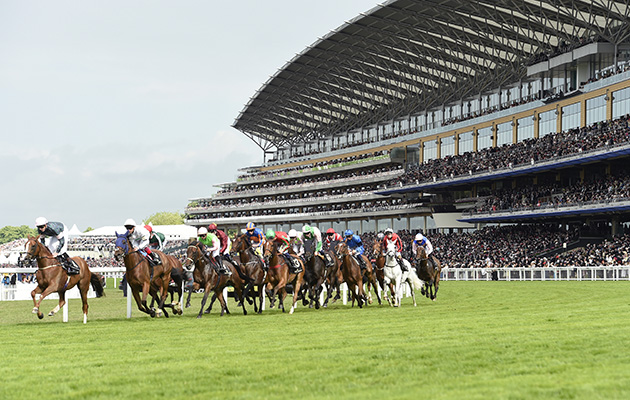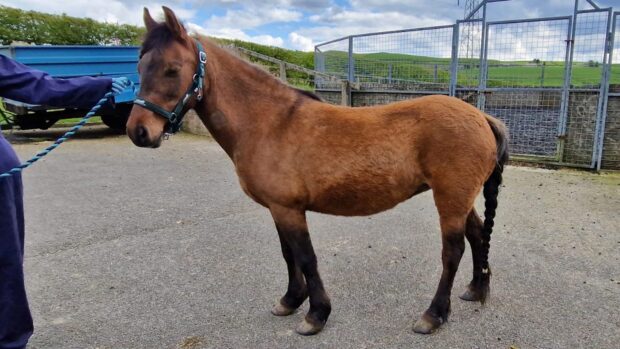A computer programme that could interpret horses’ behaviour is being developed at Nottingham University.
Dr Steve North (pictured), a research fellow in the mixed reality laboratory, is working on the horse automated behaviour identification tool, Habit.
The aim is to identify horse behaviour from amateur videos so humans can find out whether the signs an animal is exhibiting show it is stressed, sick or suffering.
The research is being carried out in collaboration with Dr Mandy Roshier, an expert in anatomy and behaviour at Nottingham university, Dr Carol Hall, an expert in equitation science at Nottingham Trent university, and Dr Clara Mancini, a lecturer in computer interaction design at the Open University.
Human-computer interaction is well established, but animal-computer interaction is emerging.
“Horses and all animals are entitled to interaction technologies that enrich rather than exploit,” said Dr North.
“Anthropocentrism limits our understanding of human interaction in a multispecies world and currently there isn’t any software that can reliably analyse video footage and log what behaviours it sees and when.
“We hope Habit will also be able to assess how animals react to new surroundings.”
Dr Mancini, who runs an animal computer interaction lab, said: “We are coming to a point where technology is so widespread in society that animals are becoming exposed to it and interacting with it.”
Dr Hall, whose research at Nottingham Trent focuses on the behaviour and welfare of horses, said: “This project has the potential to speed up the process of behavioural analysis and increase the objectivity and accuracy of recording behaviour.”
Related articles:
- Hot-headed chestnuts: is there a link between coat colour and behaviour?
- Is your horse in pain or trying it on? *H&H VIP*
- Natural horsemanship: what does it really mean?
Currently, behavioural assessment is largely based on human judgement, which Dr Hall says “leads to issues of consistency”.
The technology could be used in veterinary practices, on farms, in zoos or on people’s animals at home.
Using equipment that can help measure and understand behaviour “would provide important insights into how we can communicate with animals more,” said Dr Roshier, a committee member of the British Veterinary Behaviour Association.
“It is really important that our vet students can interpret what an animal is telling you through its body language. This can go some way to understand its emotional state,” she added.




